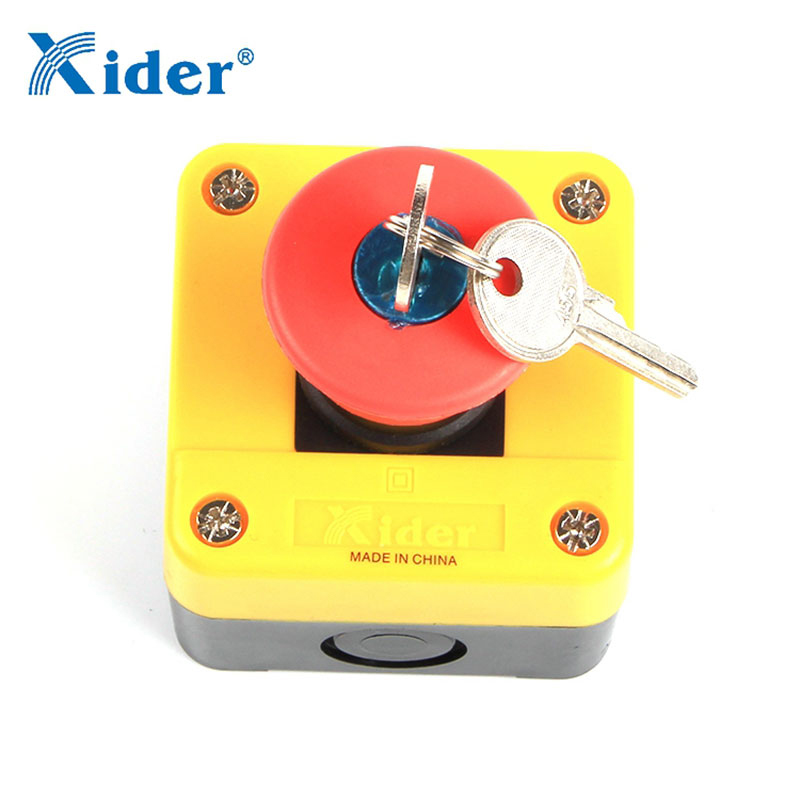
Whether it's for industrial automation, electrical systems, or home - based control applications, understanding the complexity of this installation process is crucial for both professionals and DIY enthusiasts.
I. Design of the Control Box
A. Layout and Accessibility
The layout of the control box significantly impacts installation ease. A well - designed control box will have a clear and organized layout. For example, pre - marked mounting points and sufficient space between components can make the installation process much smoother. If the mounting points are clearly labeled and spaced appropriately, it becomes easier to align and attach components. Moreover, a control box with removable panels or hinged doors provides better access to the interior. This allows installers to reach all areas of the box without struggling, reducing the risk of accidentally damaging existing components during installation.
B. Cable Management Features
Effective cable management is another key aspect. Control boxes equipped with built - in cable channels, tie - down points, or cable glands simplify the wiring process. When cables can be neatly routed and secured, it not only makes the installation look neater but also reduces the chances of tangling, which can be a major headache during component installation. For instance, having cable channels that guide the wires away from moving parts or sensitive components ensures that the installation is both safe and efficient.
II. Types of Components
A. Standard vs. Custom Components
The nature of the components being installed also plays a role. Standard - sized components that are widely available in the market and designed to fit common control - box dimensions are generally easier to install. They often come with standard mounting holes and connection interfaces, making them a straightforward fit. In contrast, custom - made components may pose challenges. These components may have unique shapes, sizes, or connection requirements. For example, a custom - designed circuit board with non - standard pinouts or a specialized sensor with an irregular mounting bracket can be difficult to integrate into the control box.
B. Complexity of the Components
Complex components with multiple sub - parts and intricate connection mechanisms are more challenging to install. A multi - function controller with numerous input and output ports, along with internal modules that need to be properly configured, requires more time and technical expertise. On the other hand, simple components like a basic switch or a single - function relay are relatively easy to install, as they have fewer connection points and less complex operation requirements.
III. Required Tools and Skills
A. Tools
The tools needed for installation can affect the ease of the process. Some component installations may require specialized tools such as torque - controlled screwdrivers for precise fastening, or crimping tools for making secure electrical connections. If these tools are not readily available, it can either delay the installation or lead to improper installation. For example, using an incorrect screwdriver can strip the screws, making it difficult to secure components properly.
B. Technical Skills
The installer's technical skills are also crucial. A person with a background in electrical engineering or electronics will find it easier to install components, especially those involving complex wiring and circuit - level connections. Understanding electrical schematics, voltage requirements, and safety protocols is essential. For DIY enthusiasts with limited technical knowledge, installing components like a programmable logic controller (PLC) may be a daunting task, while installing a simple power indicator light may be more manageable.
In conclusion, the ease of installing components inside a control box is influenced by the control - box design, the type of components, and the tools and skills of the installer. By considering these factors in advance, one can better prepare for the installation process, potentially reducing installation time and minimizing the risk of errors.






